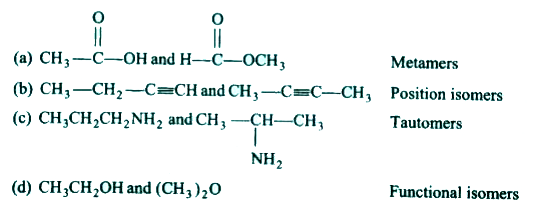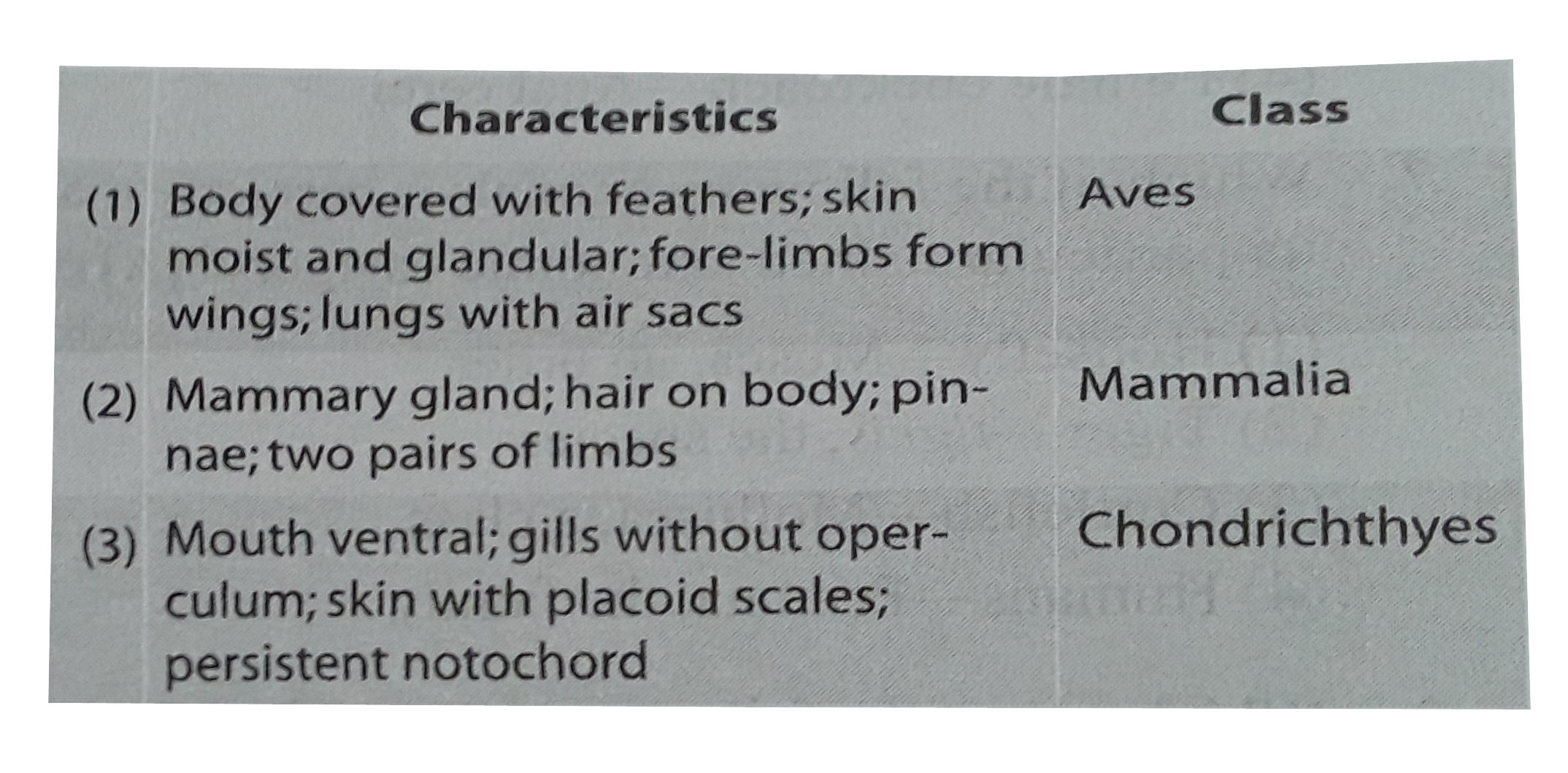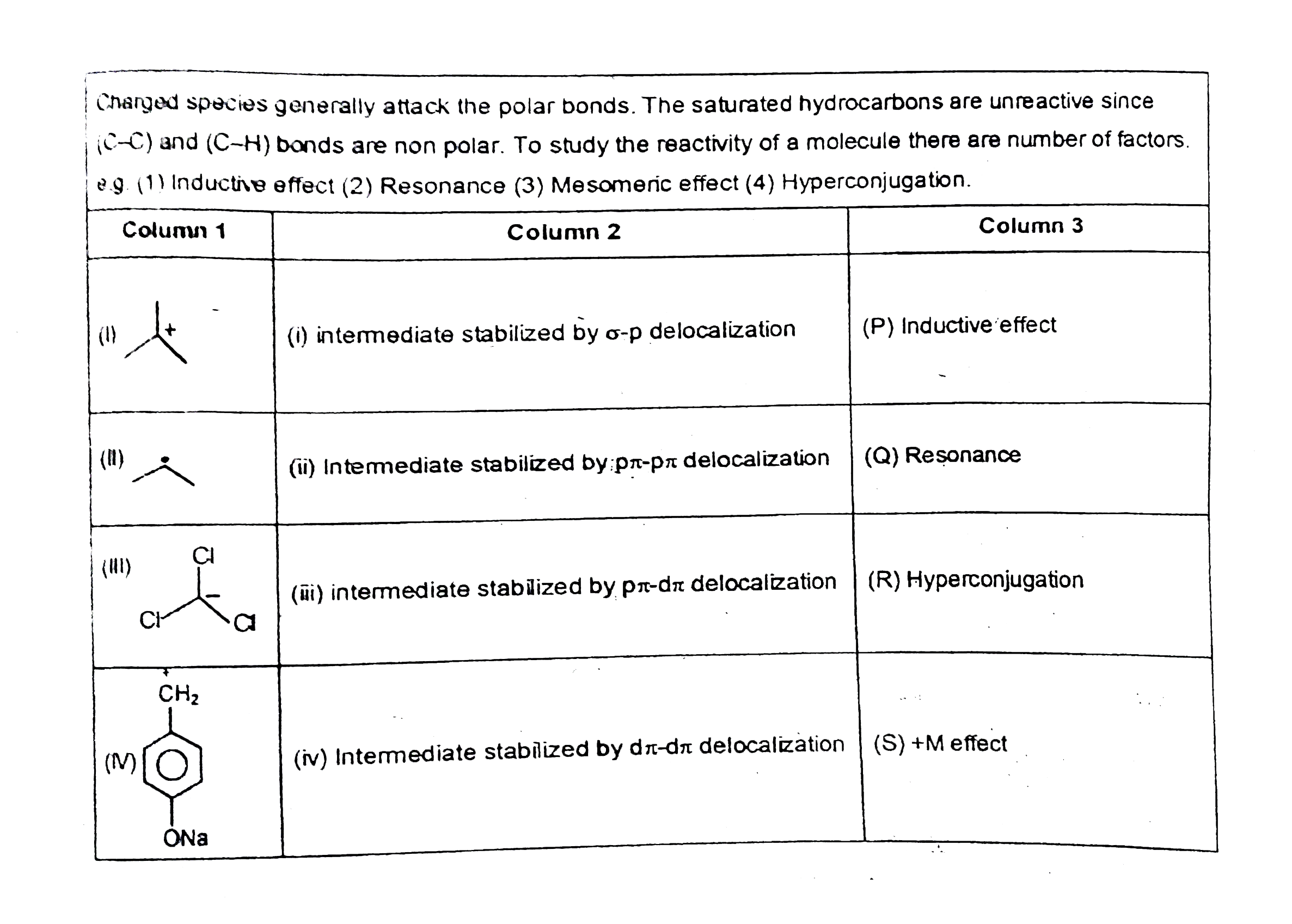Which of the following combination represents the correct matching of metals with the most commonly employed ores for their extraction ?
FeZnCuAlHaematiteSphaleriteCopperpyritesBauxite
FeZnCuAlIron pyritesZinciteCupriteClay
FeZnCuAlSideriteCalamineMalachiteClayphosphate
FeZnCuAlChalcociteMagnetiteCopperglanceBauxite
The correct Answer is:A
To solve the question regarding the correct matching of metals with their commonly employed ores for extraction, we will follow these steps:
Step 1: Identify the metals and their commonly employed ores
1. Iron (Fe): The most commonly employed ore for iron extraction is Hematite, which has the chemical formula Fe2O3.
2. Zinc (Zn): The common ore for zinc is Sphalerite, which can be represented by the formula ZnS (though it may also contain iron as Zn, Fe, S).
3. Copper (Cu): The primary ore for copper extraction is Copper Pyrite, which has the formula CuFeS2.
4. Aluminum (Al): The common ore for aluminum is Bauxite, represented by the formula Al2O3·2H2O (indicating the presence of water molecules of crystallization).
Step 2: Match the metals with their ores
- Iron → Hematite (Fe2O3)
- Zinc → Sphalerite (ZnS)
- Copper → Copper Pyrite (CuFeS2)
- Aluminum → Bauxite (Al2O3·2H2O)
Step 3: Analyze the options provided
Assuming the options are given in a multiple-choice format, we would look for the option that correctly matches the metals with their respective ores based on the information gathered.
Step 4: Conclusion
The correct matching of metals with their commonly employed ores for extraction is found in Option A.
Final Answer
The correct combination representing the metals with their commonly employed ores is Option A.
---
1. Iron (Fe): The most commonly employed ore for iron extraction is Hematite, which has the chemical formula Fe2O3.
2. Zinc (Zn): The common ore for zinc is Sphalerite, which can be represented by the formula ZnS (though it may also contain iron as Zn, Fe, S).
- Iron → Hematite (Fe2O3)
- Zinc → Sphalerite (ZnS)
- Copper → Copper Pyrite (CuFeS2)
- Aluminum → Bauxite (Al2O3·2H2O)
Assuming the options are given in a multiple-choice format, we would look for the option that correctly matches the metals with their respective ores based on the information gathered.
The correct matching of metals with their commonly employed ores for extraction is found in Option A.
The correct combination representing the metals with their commonly employed ores is Option A.
Topper's Solved these Questions
- BOOK - CENGAGE CHEMISTRY ENGLISHCHAPTER - GENERAL PRINCIPLES AND PROCESS OF ISOLATION OF ELEMENTSEXERCISE - Exercise (Assertion-Reasoning)18videos
GENERAL PRINCIPLES AND PROCESS OF ISOLATION OF ELEMENTS
- BOOK - CENGAGE CHEMISTRY ENGLISHCHAPTER - GENERAL PRINCIPLES AND PROCESS OF ISOLATION OF ELEMENTSEXERCISE - Exercise (Integer)27videos
GENERAL PRINCIPLES AND PROCESS OF ISOLATION OF ELEMENTS
- BOOK - CENGAGE CHEMISTRY ENGLISHCHAPTER - GENERAL PRINCIPLES AND PROCESS OF ISOLATION OF ELEMENTSEXERCISE - Exercise (Multiple Correct)43videos
GENERAL PRINCIPLES AND PROCESS OF ISOLATION OF ELEMENTS
- BOOK - CENGAGE CHEMISTRY ENGLISHCHAPTER - ELECTROCHEMISTRYEXERCISE - Archieves Subjective35videos
ELECTROCHEMISTRY
- BOOK - CENGAGE CHEMISTRY ENGLISHCHAPTER - GRIGNARD REAGENTS AND ORGANOMETALLIC REAGENTSEXERCISE - Exercises Archives (Linked Comprehension)1videos
GRIGNARD REAGENTS AND ORGANOMETALLIC REAGENTS
Similar Questions
Knowledge Check
- Question 1 - Select One
Which of the following represents the correct match of a sexually transmitted infection with its pathogen ?
ASyphilis - Treponema pallidumBGonorrhoea - Entamoeba histolyticaCUrethritis - Bacillus anthracisDSoftsore - Bacillus brevis
Which of the following represents the correct combination without any exception?
View SolutionWhich of the following represents the correct combination without any exception?
View SolutionWhich of the following represent correct matching?
 View Solution
View SolutionWhich of the following electronic configuration represents the most metallic element ?
View SolutionWhich of the following represent the correct combination without
any exception ?

 View Solution
View Solution
Which of the following combination is correct for most stable carbocation ?View SolutionWhich of the following pairs consists of ore the same metal ?
View Solution
